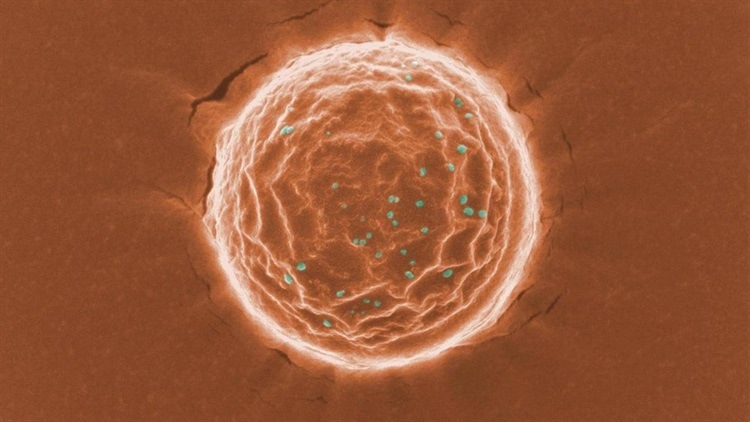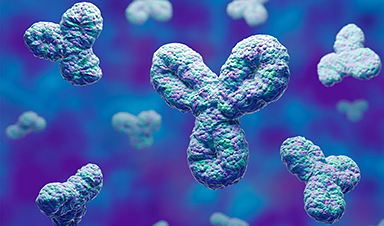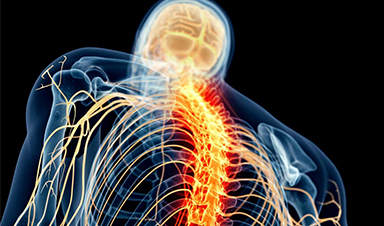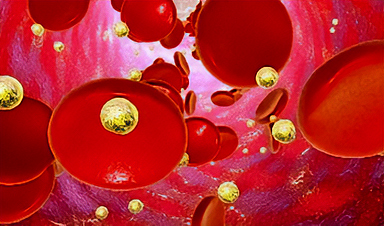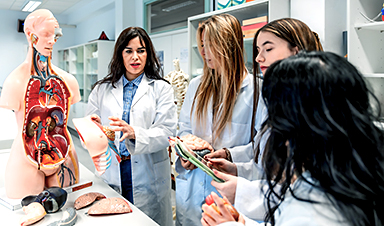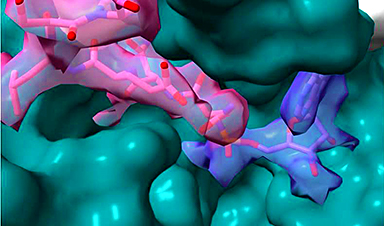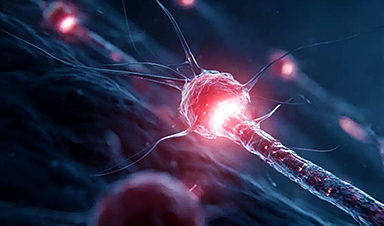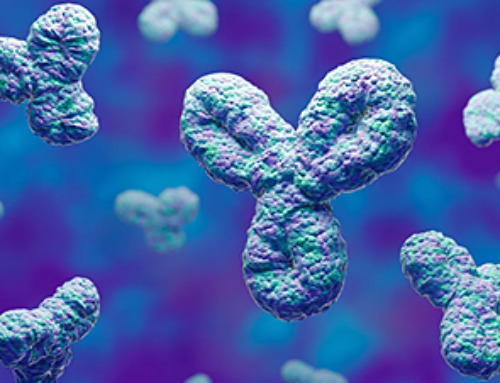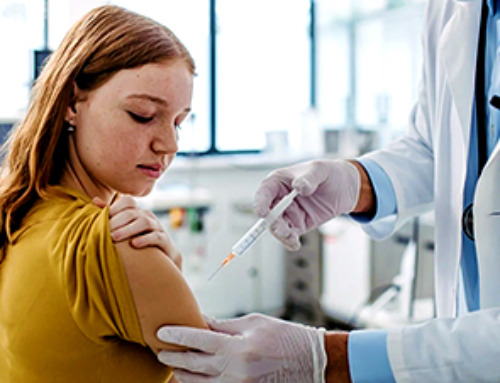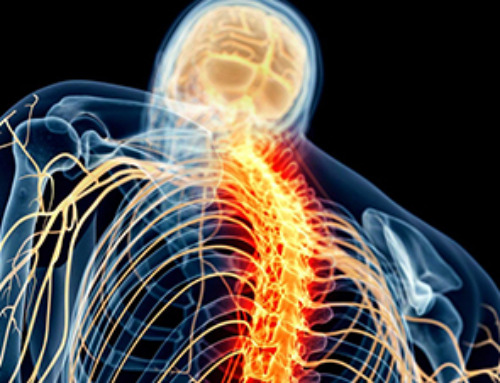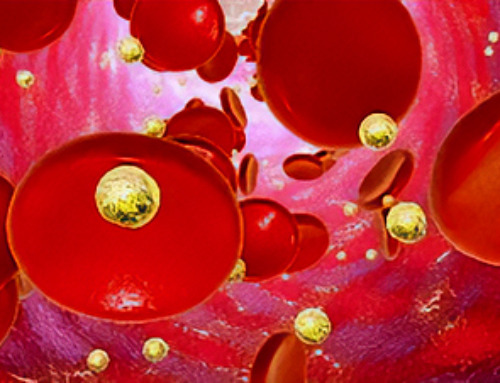At the University of Chicago, scientists have developed an absolutely innovative, promising treatment for COVID-19 in the form of nanoparticles with the ability to trap SARS-CoV-2 viruses inside the body and use the body’s own immune system to kill them.
The “nanotraps” lure the virus by imitating the target cells infected by the virus. When the virus gets trapped by the nanotraps, it is then sequestered from other cells and targeted for destruction by the immune system.
Theoretically, these nanotraps could be used on different variants of the virus, resulting in a promising new way to suppress the virus in the future. The therapy is still in the early stages of testing, but the researchers believe that it could be administered through a nasal spray as a treatment for COVID-19.
The findings of the study were published in the journal Matter on April 19th, 2021.
Since the pandemic began, our research team has been developing this new way to treat COVID-19. We have done rigorous testing to prove that these nanotraps work, and we are excited about their potential.
Jun Huang, Assistant Professor, Pritzker School of Molecular Engineering
The study was led by Huang’s lab.
Designing the Perfect Trap
Led by postdoctoral scholar Min Chen and graduate student Jill Rosenberg, the researchers designed the nanotrap by analyzing the mechanism used by SARS-CoV-2 to bind to cells—a spike-like protein on its surface that attaches itself to the ACE2 receptor protein found on a human cell.
The nanoparticles are made of FDA-approved polymers and phospholipids with a diameter of about 500 nm—quite smaller than a cell. This implies that the nanotraps can reach more areas within the body and capture the virus more effectively.
To ensure the tiny particles appeared the same way they expected, the researchers collaborated with the lab of Associate Professor Bozhi Tian to employ electron microscopes to achieve a better look.
From our imaging, we saw a solid core and a lipid bilayer shell. That’s the essential part because it mimics the cell.
Bozhi Tian, Associate Professor, Department of Chemistry, University of Chicago
The safety of the system was tested by the researchers in a mouse model, and no toxicity was found. Then, the nanotraps were tested against a pseudovirus, which is a less potent model of a virus that does not replicate, in human lung cells in tissue culture plates. It was found that they totally blocked the entry of the pseudovirus into the cells.
As soon as the pseudovirus attached itself to the nanoparticle—which took about 10 minutes after injection during the tests—the nanoparticles used a molecule that summons the macrophages in the body to engulf and disintegrate the nanotrap.
In general, macrophages eat nanoparticles inside the body. However, the nanotrap molecule accelerates the process. It was found that the nanoparticles were cleared and disintegrated within 48 hours.
The nanoparticles were also with a pseudovirus in an ex vivo lung perfusion system—a pair of donated lungs maintained alive with a ventilator—and it was discovered that they totally blocked infection in the lungs.
Moreover, they collaborated with scientists at Argonne National Laboratory to test the nanotraps using a live virus (instead of a pseudovirus) in an in vitro system. Their system was found to inhibit the virus 10 times better than neutralizing antibodies or soluble ACE2 alone.
Image Credit: Chen and Rosenberg et al.
Post by Amanda Scott, NA CEO. Follow her on twitter @tantriclens
Thanks to Heinz V. Hoenen. Follow him on twitter: @HeinzVHoenen
News
Specially engineered antibody delivers RNA therapy to treatment-resistant tumors
Elias Quijano, PhD; Diana Martinez-Saucedo, PhD; Zaira Ianniello, PhD; and Natasha Pinto-Medici, PhD, there are 25 other contributors, most from Yale's Department of Therapeutic Radiology and from the departments of genetics, molecular biophysics and [...]
Vaccinated women face fewer cervical cancer risks
New data from Denmark shows the HPV vaccine’s powerful long-term impact, while also revealing why cervical cancer screening is still essential. A Danish study published in the journal Eurosurveillance reports that women who received the human [...]
3D-printed implant offers a potential new route to repair spinal cord injuries
A research team at RCSI University of Medicine and Health Sciences has developed a 3-D printed implant to deliver electrical stimulation to injured areas of the spinal cord, offering a potential new route to [...]
Nanocrystals Carrying Radioisotopes Offer New Hope for Cancer Treatment
The Science Scientists have developed tiny nanocrystal particles made up of isotopes of the elements lanthanum, vanadium, and oxygen for use in treating cancer. These crystals are smaller than many microbes and can carry isotopes of [...]
New Once-a-Week Shot Promises Life-Changing Relief for Parkinson’s Patients
A once-a-week shot from Australian scientists could spare people with Parkinson’s the grind of taking pills several times a day. The tiny, biodegradable gel sits under the skin and releases steady doses of two [...]
Weekly injectable drug offers hope for Parkinson’s patients
A new weekly injectable drug could transform the lives of more than eight million people living with Parkinson's disease, potentially replacing the need for multiple daily tablets. Scientists from the University of South Australia [...]
Most Plastic in the Ocean Is Invisible—And Deadly
Nanoplastics—particles smaller than a human hair—can pass through cell walls and enter the food web. New research suggest 27 million metric tons of nanoplastics are spread across just the top layer of the North [...]
Repurposed drugs could calm the immune system’s response to nanomedicine
An international study led by researchers at the University of Colorado Anschutz Medical Campus has identified a promising strategy to enhance the safety of nanomedicines, advanced therapies often used in cancer and vaccine treatments, [...]
Nano-Enhanced Hydrogel Strategies for Cartilage Repair
A recent article in Engineering describes the development of a protein-based nanocomposite hydrogel designed to deliver two therapeutic agents—dexamethasone (Dex) and kartogenin (KGN)—to support cartilage repair. The hydrogel is engineered to modulate immune responses and promote [...]
New Cancer Drug Blocks Tumors Without Debilitating Side Effects
A new drug targets RAS-PI3Kα pathways without harmful side effects. It was developed using high-performance computing and AI. A new cancer drug candidate, developed through a collaboration between Lawrence Livermore National Laboratory (LLNL), BridgeBio Oncology [...]
Scientists Are Pretty Close to Replicating the First Thing That Ever Lived
For 400 million years, a leading hypothesis claims, Earth was an “RNA World,” meaning that life must’ve first replicated from RNA before the arrival of proteins and DNA. Unfortunately, scientists have failed to find [...]
Why ‘Peniaphobia’ Is Exploding Among Young People (And Why We Should Be Concerned)
An insidious illness is taking hold among a growing proportion of young people. Little known to the general public, peniaphobia—the fear of becoming poor—is gaining ground among teens and young adults. Discover the causes [...]
Team finds flawed data in recent study relevant to coronavirus antiviral development
The COVID pandemic illustrated how urgently we need antiviral medications capable of treating coronavirus infections. To aid this effort, researchers quickly homed in on part of SARS-CoV-2's molecular structure known as the NiRAN domain—an [...]
Drug-Coated Neural Implants Reduce Immune Rejection
Summary: A new study shows that coating neural prosthetic implants with the anti-inflammatory drug dexamethasone helps reduce the body’s immune response and scar tissue formation. This strategy enhances the long-term performance and stability of electrodes [...]
Scientists discover cancer-fighting bacteria that ‘soak up’ forever chemicals in the body
A family of healthy bacteria may help 'soak up' toxic forever chemicals in the body, warding off their cancerous effects. Forever chemicals, also known as PFAS (per- and polyfluoroalkyl substances), are toxic chemicals that [...]
Johns Hopkins Researchers Uncover a New Way To Kill Cancer Cells
A new study reveals that blocking ribosomal RNA production rewires cancer cell behavior and could help treat genetically unstable tumors. Researchers at the Johns Hopkins Kimmel Cancer Center and the Department of Radiation Oncology and Molecular [...]
